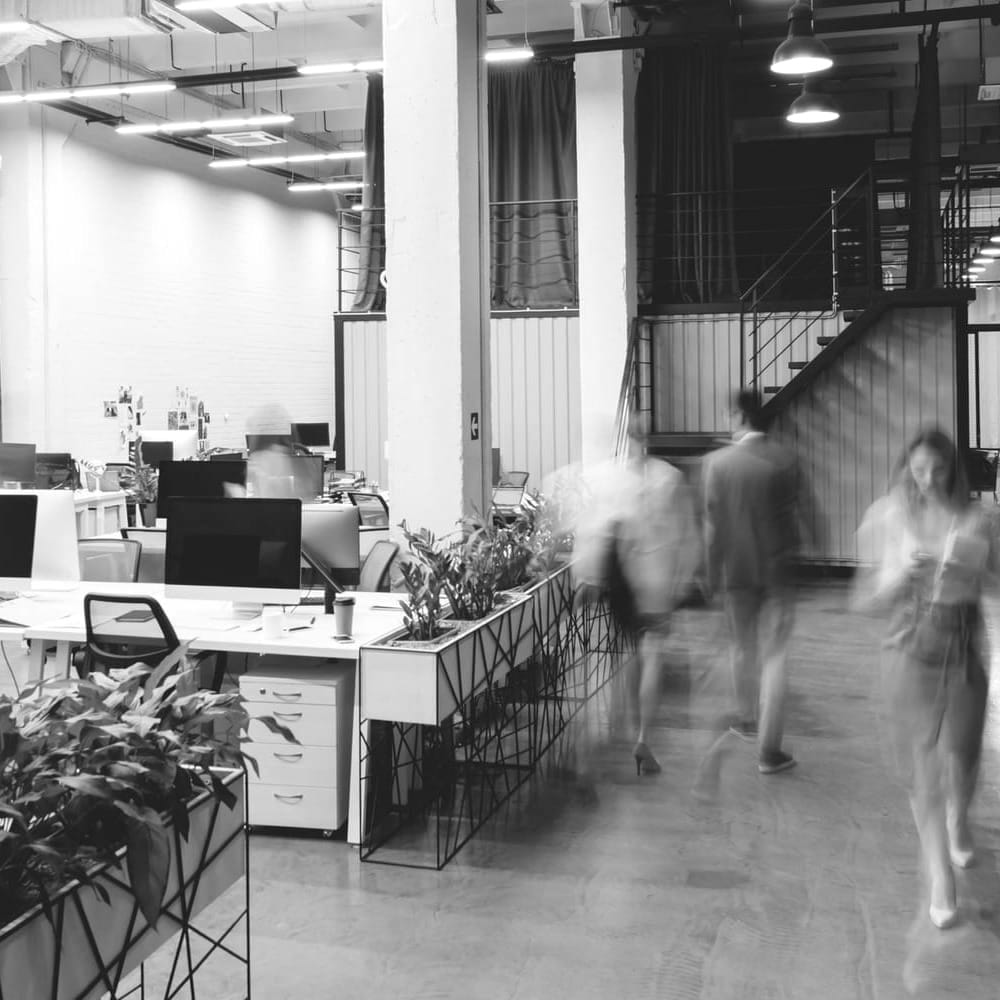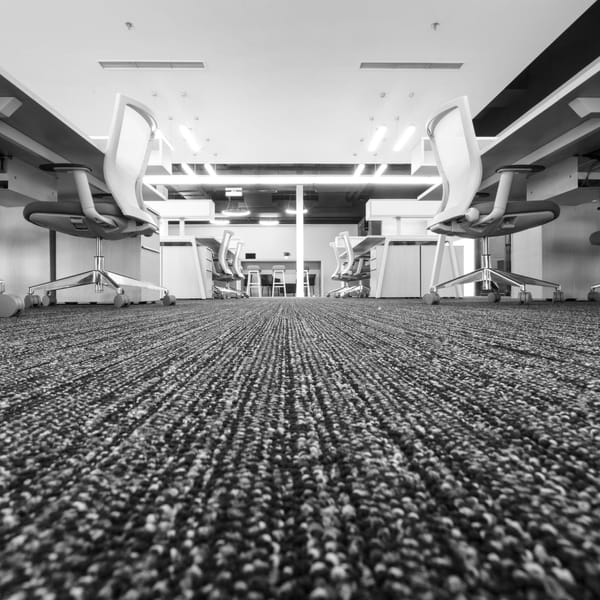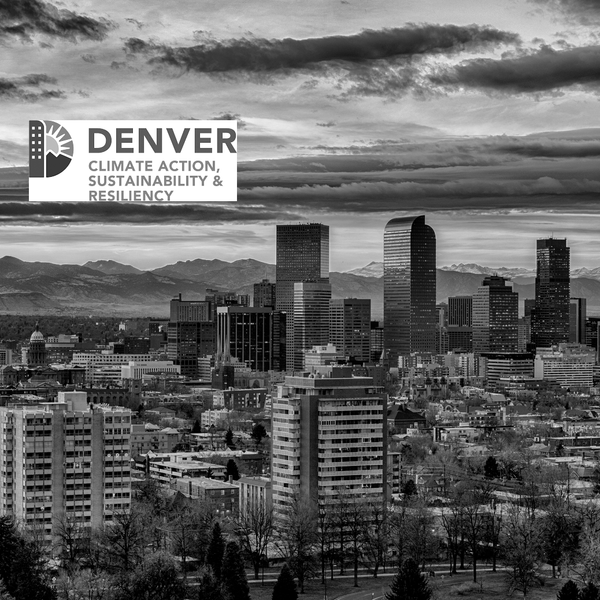What Does the Office Look Like in 2025?

The workplace is evolving, and 2025 is shaping up to be a pivotal year for office spaces. Companies are rethinking their strategies to create environments that inspire connection, boost creativity, and meet the expectations of today’s workforce. The days of static, one-size-fits-all offices are over. Instead, flexibility, experience, and adaptability are driving the future of workspaces.
If you're curious about what’s next for office real estate, here are the top trends and insights redefining the sector in 2025.
The Rise of Hybrid Work: Flexibility First
Hybrid work models have become more popular, prompting a fundamental shift in office space utilization. Instead of assigning desks for every employee, companies are prioritizing flexible layouts that support collaboration and occasional on-site work.
Hot-desking, shared spaces, and adaptable meeting zones are replacing traditional rows of desks. These setups allow organizations to maximize efficiency while creating an inviting space employees look forward to visiting.
From “Flight to Quality” to “Flight to Experience”
In 2025, office tenants aren’t just seeking high-quality buildings—they’re demanding experience-rich environments. The focus is now on creating spaces that inspire, engage, and connect.
What does this mean for landlords and developers? Buildings with modern amenities, collaborative zones, and wellness features are outperforming older properties. Tenants want spaces that reflect their brand culture and provide meaningful experiences for their employees.
Smarter, Smaller Footprints
The hybrid model has reshaped how companies view office space needs. While some speculated that businesses would shrink their footprints dramatically, the reality is more nuanced.
Organizations are strategically resizing their spaces, focusing on flexible workstations and communal areas. The result? Leaner but smarter layouts that support team collaboration and reduce unused space.
Technology is Transforming Offices
Smart building technology is no longer a luxury—it’s a necessity. From cloud-based systems to AI-driven management tools, technology is redefining how offices operate.
These innovations enhance efficiency, streamline space usage, and provide a better experience for employees. Offices equipped with smart solutions—like automated lighting, occupancy tracking, and hybrid scheduling tools—are gaining traction as tenants prioritize tech-forward spaces.
What Tenants Want in 2025
Today’s employees are selective about where they work. Office spaces must now deliver on these key priorities:
- Experience-Rich Environments: Spaces designed for collaboration, creativity, and connection.
- Sustainability: Energy-efficient buildings with green certifications and eco-friendly features are in high demand.
- Convenience and Accessibility: Offices are becoming community hubs, offering amenities like wellness rooms, cafes, and event spaces.
Adapting to a Changing Market
The office sector continues to navigate high vacancy rates, hybrid work trends, and shifting tenant expectations. Here’s how the market is adapting:
- Repurposing Office Space: Many underutilized office buildings in high vacancy markets are being evaluated to see if conversion into residential or mixed-use spaces could work.
- Geographic Shifts: Suburban and boutique office spaces are gaining popularity as companies aim to bring work closer to where employees live.
- Flexible Leasing Options: Move-in-ready spaces and short-term leases are increasingly popular among businesses managing uncertain futures.
Looking Ahead: The Future of Office Spaces
As we progress through 2025, flexibility, creativity, and adaptability will remain at the heart of the office sector. The most successful spaces will be those that prioritize people by fostering connection, inclusion, and collaboration.
For landlords, investors, and developers, the focus is clear:
- Create engaging, amenity-rich environments.
- Integrate technology to optimize operations.
- Embrace sustainable practices to future-proof buildings.
The office of the future isn’t just a place to work—it’s a space to thrive. By prioritizing employee experience and designing for flexibility, today’s workplaces are paving the way for a more dynamic and successful future.
Ready to Navigate the Changing Office Landscape?
Whether you’re a tenant reimagining your office needs or a landlord looking to attract top-tier businesses, staying ahead of these trends is essential. By embracing these shifts, you can create spaces that inspire employees, attract tenants, and deliver lasting value.
Keep your finger on the pulse of commercial real estate—2025 promises to be an exciting year for the evolution of office spaces.





